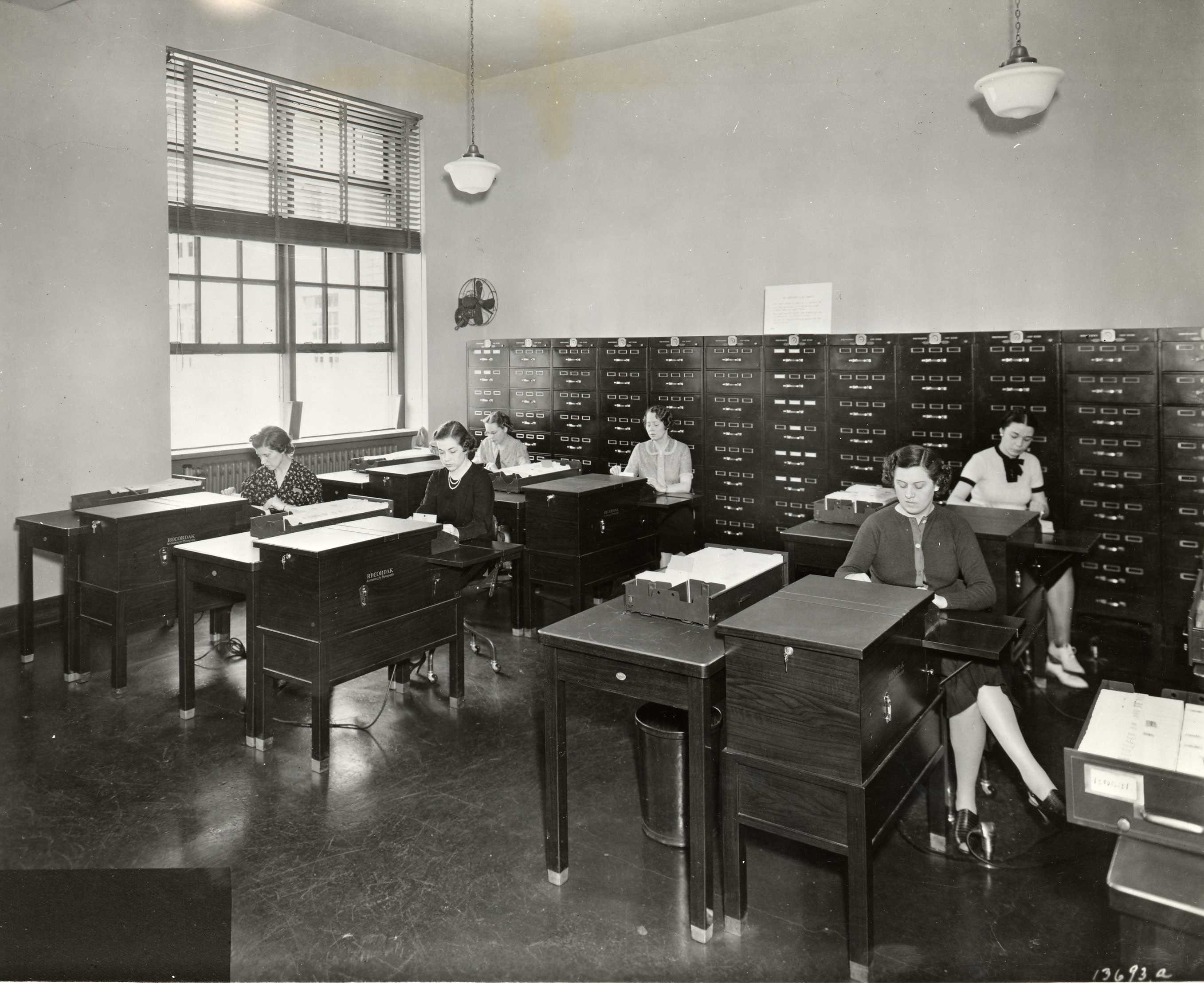
Bethel University Professor of History Diana L. Magnuson is documenting the growth of the Minnesota Population Center. Believing that preserving institutional memory is vital, the Center is supporting Magnuson’s work to capture oral histories of past and present MPC faculty and staff. This is the third in a three-part series of oral histories. This post features several senior research staff: Trent Alexander, Sarah Flood, Ron Goeken, Patricia Kelly Hall, Monty Hindman, and David Van Riper.






